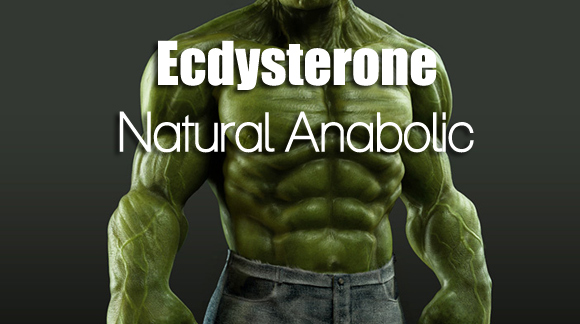Then a group at Rutgers University in New Jersey changed my thinking on the issue of desensitisation. They acknowledged that post-meal muscle protein synthesis (MPS) increased rapidly with peak values around 90 minutes and a decline to pre-meal baseline by 180 minutes. The response of muscle tissue was difficult to explain with rapid initiation of MPS associated with increased circulating amino acids, however, the decline in MPS at 180 minutes post-meal occurred with plasma leucine levels still elevated and initiation factors still activated. Everything about the cell and its environment was primed for protein synthesis, but by 180 minutes, everything just stops. The Rutgers researchers were able to show that the problem lies in the cells’ energy status and a process called elongation. Considering that whole body protein turnover accounts for more than one quarter of resting energy expenditure and that assembling amino acids into protein chains (i.e., elongation) accounts for more than 99% of that energy expenditure, it’s logical that skeletal muscle would shut down protein synthesis to prevent cellular energy depletion. Not only did this study identify the problem, it also showed that there is a solution, literally. A solution of leucine and/or carbohydrates given between meals is able to restore the energy status of muscle cells and prolong protein synthesis far beyond 180 minutes. So in order to stay anabolic between big meals, prepare a mixture of 5 g leucine and 15–30 g carbs (e.g., waxy maize) and drink it two hours after your meal. If possible, using BCAAs instead of straight leucine may produce a better effect as BCAAs have been shown to deplete during protein synthesis.
Resistance training creates a unique and powerful anabolic signal in muscle tissue. In muscle cells, the ability to perceive and respond to resistance
training is called mechanoperception. This process of converting the mechanical forces of lifting a weight into the biochemical signals that lead to
hypertrophy is called mechanotransduction. Muscle cells, in turn, are called mechanocytes. This simply means that muscle cells have the ability to
sense mechanical load and convert it into biochemical signals that regulate protein synthesis.
You may have heard of capsaicin. It’s the stuff in chilli peppers that makes them hot. I know what you’re thinking; what do chilli peppers have to do with mechano-what-cha-ma-call-it? Nothing, or at least that’s what I thought until I found a recent study looking at the effects of capsaicin on anabolic signalling in muscle cells. The authors were able to show that load-induced activation of the capsaicin receptor (TRPV1) in muscle cells caused an increase in intracellular calcium ion concentrations and that this activated mTOR and promoted muscle hypertrophy. Now, all you need to know about mTOR is that it’s the key signalling pathway responsible for initiating muscle growth. Normally, weight training causes an increase in intracellular calcium ion levels
and this contributes to the activation of the mTOR pathway. Before you run out and buy a bunch of cayenne supplements (like I did) be aware that some people can’t stomach cayenne. It can cause the sensation of heartburn that can be quite uncomfortable. Other people have no problem with it.
Until now, no food supplement has been shown to have the ability to mimic weight training in muscle cells. Creatine, as we all know, can support muscle gains by improving cellular energy status as well as activating muscle satellite cells, but this can hardly be considered mimicking weight training.
Essential amino acids, and particularly leucine, can trigger protein synthesis, but it doesn’t alter calcium ion levels like weightlifting. Ursolic acid is another recently discovered activator of anabolic pathways in muscle cells. Ursolic acid can increase Akt activity, blood vessel recruitment and autocrine/paracrine
IGF-I signalling in muscle cells. This is very impressive yet still slightly different from the mechanism of capsaicin. Finally, even phosphatidic acid which has recently been shown to directly activate mTOR is acting in a different way than capsaicin. The reason I’m trying to point out the differences in the mechanisms of each of these nutritional substances is that there may be potential synergism if one were to use each of them strategically together. Creatine, L-leucine, and phosphatidic acid have both been shown independently to improve gains in muscle mass in humans. Ursolic acid, and now capsaicin, have now been shown to increase muscle mass in animals. The plausibility of real anabolic effects in humans is good.
 Indian Bodybuilding Indian Bodybuilding Articles
Indian Bodybuilding Indian Bodybuilding Articles




